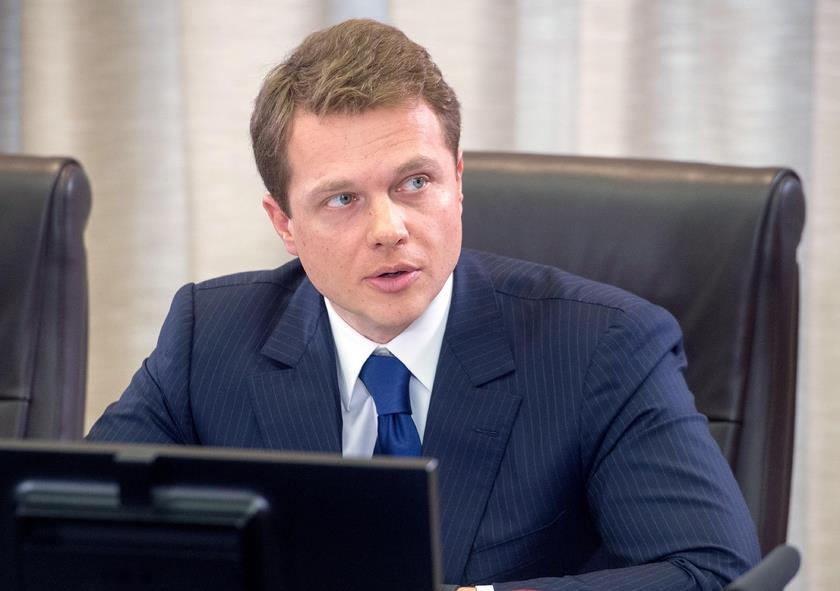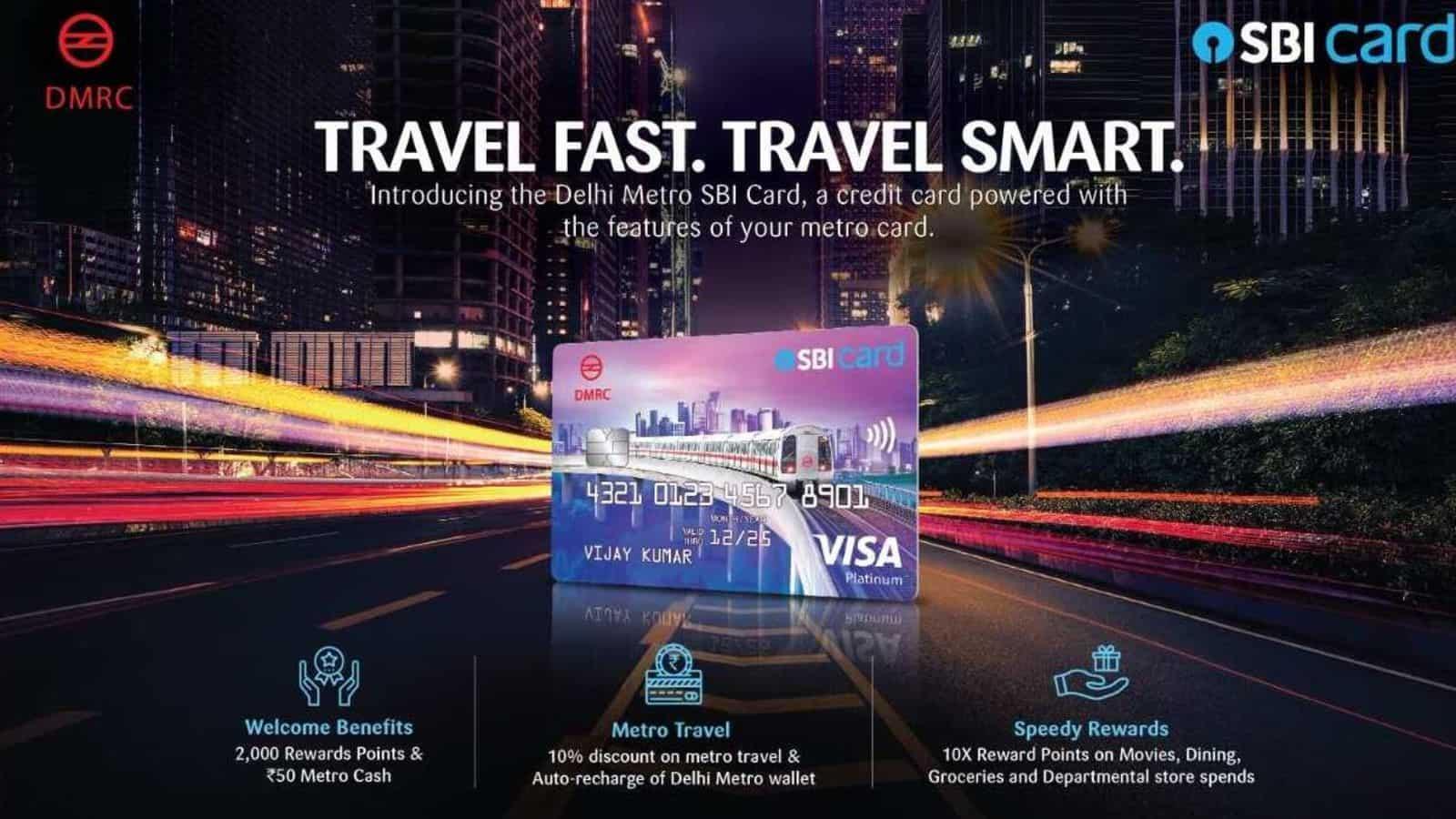
9 minute read
Maxim Liksutov
Liksutov on Moscow Metro
Maxim Liksutov, Deputy Mayor and Head of the Department of Transport and Road Infrastructure Development, Moscow in his interview spoke about the plans and results of Moscow Metro.
Advertisement
Troika smart card
Noting the high demand among passengers using the Troika transport card in Moscow and the Moscow region, more than 40 regions of the Russian Federation are considering a similar possibility of introducing the Troika card.
This use of the transport card will facilitate the convenient movement of passengers on public transport not only in Moscow, but also in all regions of the country.
In his interview, Head of the Department of Transport and Road Infrastructure Development – Maxim Liksutov spoke about the experience of using the Troika in the Tula region:
Now the Troika transport card operates on 700 routes.
Six months of our joint work have shown that there is about 10-15% more passengers, because it is easier for people to use the card - there are no barriers. People come from the Tula Region and easily pay for travel in Moscow. Muscovites come to the Tula region and pay for travel there. The same thing happens in the Moscow Region.
About female drivers
At the beginning of the year, the first female drivers appeared on Line 4 of Moscow Metro. At the moment, the metro Training Center has additionally recruited about 10 female drivers, who will complete their training in the near future and go to work on the line.
“We are thinking about how to expand the staff of our drivers, and give the opportunity to work on other metro lines. But we seriously expect that the number of female drivers in Moscow Metro will increase, because there are many willing drivers. If they want to be train drivers, then we have to make sure that they feel good and comfortable,” said Maxim Liksutov.
Restoration of stations
Not so long ago, Moscow Metro received a special permit from the Ministry of Culture of the Russian Federation, which gave the right to restore the stations themselves, recognized as historical objects.
“The Mayor of Moscow has set us the task of trying to return the original appearance of the stations, as they were when they were opened.
We find archival drawings, documents, and sometimes ask the relatives of the architects and engineers who built these stations if they still have useful materials at home. We try to take this into account in our work, and we treat every station, every detail very carefully, understanding the huge responsibility. We want to return and preserve the value of the wonderful objects of Moscow Metro,” said Maxim Liksutov.
It should be noted that the restoration of the Smolenskaya station, which has been restored to its original appearance since its opening, 67 years ago, will be completed very soon.
Face Pay
Maxim Liksutov also said that the method of paying for travel using a person face, or Face Pay, is planned to be launched at all Moscow Metro stations by the end of the year.
According to him, for several months, Face Pay is being tested at several Moscow Metro stations.
Issues and Risks for Monorail Projects and Metro Systems
Institute of Urban Transport, New Delhi
Monorail and Metro Rail Systems are essentially grade separated high capacity public transport systems. Metro Rail is the highest in the hierarchy of public transport systems. It requires an exclusive, completely gradeseparated alignment, underground or elevated structures. It is a high-capacity system with a train with four to ten cars and carrying capacity up to 80,000 Per Hour per Direction Traffic (PHPDT). It is costly to build, operate and maintain.
Nonetheless, for corridors with a PHPDT of over 25 to 30 thousand, it is the only system which works. At present more than 175 cities in the world have operational metro rail, while 50 more are in the process of constructing it – 25 of them in China and 9 of them in India itself.
Monorail is a sleek, elevated mass rapid transit system which operates on a single beam (normally concrete) guide way and with rubber tiered wheels. It can be built to efficiently serve areas dominated by high-rises and sharp turns and where metro rail cannot penetrate. Its traction system is typically 750 volt DC. It can be configured to run as a driver less system. It is known to carry up to 15000 PHPDT. Use of Monorail is relatively limited; about 10 locations for public transport around the World. In India the monorail system is under construction in Mumbai- and its PHPDT in first and last year of Project life is estimated between 7000-8500 PHPDT. Similarly, the latest DPR of Kozhikode puts the first and last year peak PHPDT as 7000-11500 approximately.
Issues in Procurement and Implementation of Mass Rapid Transit Projects
The procurement of Urban Mass Rapid Transit Systems e.g. MRT/ Monorail could be achieved either through a conventional contracting process or through a private sector led PPP format. Conventional contracting process does not include financing by the contractor while PPP includes private financing including operational and management efficiencies.
The type of conventional contracting process to be used depends on the extent to which the project has been defined (Designed). FIRM FIXED-PRICE CONTRACTS are used when the project can be fully defined with detailed specifications. Otherwise FIXED-PRICE WITH PRICE ADJUSTMENT format may be used.
When it is not possible at the time of placing the contract to estimate the extent or duration of the work or to anticipate costs with any substantial accuracy time-and-materials contracts or cost.
Reimbursement contracts can be used. Incentive contracts are sometimes used to harness the profit motive to stimulate the contractor to perform at a lower cost, to produce a better product or service, or to cut down lead time in delivery dates.
PPPs contemplate the private sector being responsible and financially liable for performing all or a significant number of functions in connection with a project. Agencies use PPP delivery approach to obtain time and cost savings and better quality projects with reduced risks to the project sponsor. PPP format may vary according to the scope of responsibility and degree of risk assumed by the private partner.
Under a Design-Build contract, the risks may be assigned to the party best able to handle them. For example private sector may be better equipped to handle the risks associated with design quality, construction costs, leveraging / raising finances and adherence to the delivery schedule while the public sector may be better able to manage the public risks of environmental clearance, and right-of-way acquisition. Design-Build-Operate-Maintain and Build-OperateTransfer approach offers increased incentives for the delivery of a better quality plan and project. Design-BuildFinance-Operate and Design-Build-Finance-OperateMaintain in addition makes the contractor responsible for all or a major part of the project’s financing and transfers the financial risks to the private partner during the contract period. Under the Build-Own-Operate approach, the private partner owns the facility and is assigned all operating revenue risk and any surplus revenues for the life of the facility.
Risks in Procurement and Implementation of Mass Rapid Transit Projects
The main risks involved in MRT / Monorail projects at pre-development stage, during development stage and during operations stage can be categorized as : Political Risks, Construction Risks, Market and Revenue Risks, Finance Risks, Legal Risks and Operating Risks. In addition, contracts commonly address Force Majeure and legal liability because they have proven to be sources of time and cost overruns.

Political risk concerns government actions that affect the ability to generate earnings. These include termination of the concession, the imposition of taxes or regulations, restrictions on the ability to collect or raise passenger tariff etc.
Construction risks i.e. design changes and unforeseen weather conditions during the construction phase lead to time and cost overrun. The private sector typically bears primary responsibility for the construction uncertainties and attempts to cover it through insurance.
Demand uncertainty continues to be a major factor in most of the projects. Traffic and tariff levels may not be sufficient to cover all costs, including construction, operation and maintenance. The private sector fully depends upon the government for the handling of the traffic and revenue risks.
Financial risk is the risk that project cash flows might be insufficient to cover debt service and then pay an adequate return on sponsor equity. Financial risks are best borne by the private sector but a substantial government risk sharing is required either through viability gap funding (VGF) , revenue or debt guarantees or through participation by state or multilateral development institutions.
Legal risks stem from weak implementation of regulatory commitments built into the contracts and the laws or other legal instruments that are relevant to the value of the transactions as it was originally assessed.
Operating risks are the risks that emerge at the time of the operations of the project. It can also involve the risks like force majeure risks that are beyond the control of both the public and private partners, such as fire or earthquakes, or other non-political factors such as strikes and industrial
disturbances that impair the project’s ability to earn revenues. Sometimes private insurance is becoming available for catastrophic risks but generally public sector is faced with the need to restructure the project if such disaster or problem occurs.
Risks – Metro Rail Vs. Monorail
Political risks, market and revenue risks, financial risks and legal risks are same for both MRT and Monorail projects. Construction risks are faced by both modes. Metro rail faces more risks than monorail due to more requirement of scarce urban land for ROW, specially because metro rail requires flat curves (Desirable 300m radius) than Monorail (50-70 m radius). On the other hand Monorail procurement carries more risks than Metro rail as number of suppliers is limited.
Operating risks are more in the case of Monorail as the technology finds limited use around the World and is new to India. Hence absorption of technology for construction, operation and maintenance and availability of spare parts could pose a threat to reliability of service. There is no ongoing innovation/research process currently undertaken in India. On the other hand, Metro rail systems around the World and in India are already stabilized as far as technology acceptance and availability of manufacturing infrastructure (for spare parts etc.) in the country. Secondly risk of derailment i.e. wheels jumping the rails is higher in the case of Metro rail systems than the monorail. Thirdly, the arrangement for emergency evacuation in case of Monorail system is more complicated than the Metro rail. Instruments for Mitigating Financial Risks
Instruments for mitigating Urban Transit Risks mainly rely on Government providing equity guarantees, debt guarantees, exchange rate guarantees, grants/subsidies, subordinated loans, minimum traffic and revenue guarantees, shadow revenue and opportunities for concession extensions and revenue enhancements.
Conclusion
Metro rail and monorail do not substitute for each other. Metro rail is a high capacity mode and monorail is a medium capacity mode. Each has its own limitations and application. Monorail can be introduced in narrow width roads because it uses two beams only and not an elevated deck which would block light and air underneath. Procurement, construction and operation risks in a monorail are higher than for Metro rail because of limited use (experience with operation) and new technology.











